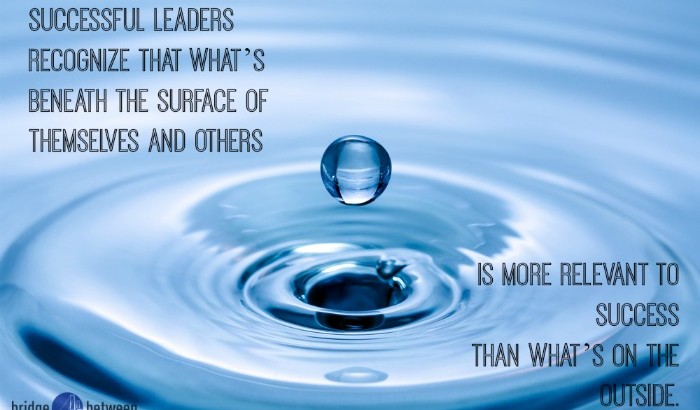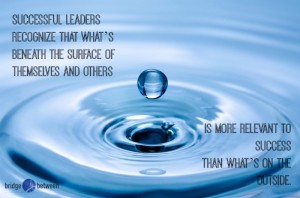Communication is the key
There are leaders and then there are LEADERS. The latter are people who are able to inspire and motivate those around them with seemingly little effort. Those who follow their direction are energized, galvanized, uplifted and electrified.
These are some strong words to describe the mindset of some teams and the leaders who are truly successful at inspiring these sentiments can do one thing better than anything else: they can communicate well.
Exceptional leaders use all forms of communication
Humans communicate in a multitude of ways: voice is just one of them. A good leader will make use of all the ways of communicating at their disposal, including body language and listening skills.
A leader with arms folded across their chest all the time, eyes darting in every which direction like a nervous tic will not elicit a lot of confidence in those he or she is communicating with. Open stance body language and eye contact, with their full attention focused on whomever they are communicating with are important ways that a good leader will show, not just say, what they are trying to share.
A good leader will always be looking at the recipient of his or her words and actions to gauge reaction: are they responding? Are they nodding? Are they engaged?
If a recipient isn’t engaged, a good leader will adjust their stance, their body position, their facial expression, even their distance, to try and elicit a better, more positive reaction. Some of this is instinctive: we want to know that people are hearing us; but a lot of it is learned and acquired over time, by paying attention to cues from listeners.
Listening skills are just as important in communication as active speaking or body language. A leader who listens but does not actually hear what people are telling him or her isn’t really participating in a two-way discussion.
Without open discussion, a leader isn’t engaging with his or her team in a meaningful way but is instead issuing directions instead of creating a culture of communication.
Exceptional leaders are clear in their messaging
Whether talking about their vision for the company or the structure of management for a specific project, clear communication is vital. To that end, specific communication, using clear and unencumbered language in an even tone is the best way to ensure that everyone understands and is on the same page. Sarcasm, snark and even misplaced jokes can quite unintentionally create barriers to communication.
Clarity comes from confidence and knowledge. If a leader doesn’t really know what they are talking about or they are not confident in their knowledge, it shows. They will tend to say whatever comes into their mind instead of providing thoughtful comments or feedback.
It’s the mark of a good leader when even negative feedback is given in the spirit of improvement rather than as punishment.
Exceptional leaders are humble in their statements
A truly effective leader doesn’t expound on a topic as if they were the only one who understood things. They don’t pontificate. They share information from their point of view, in their own unique voice, with directness and politeness, and with evidence of appropriate reflection on what they are saying.
False or hyperbolic statements are easy to spot and a person who speaks that way regularly will eventually be dismissed by those around them.
Teams will follow a leader who understands them and whom they can understand, a leader who takes the time to listen and reflects back to them what he or she has heard. Being a good leader is very much about open communication with peers and subordinates alike, and less about speech making.





